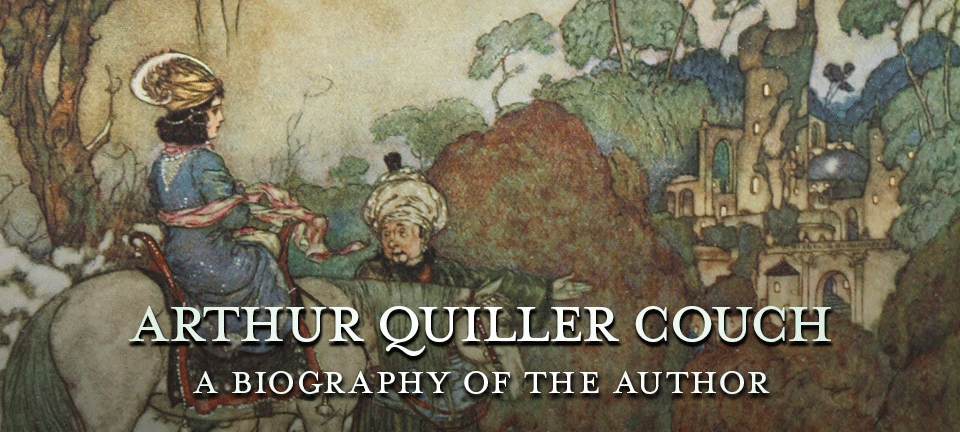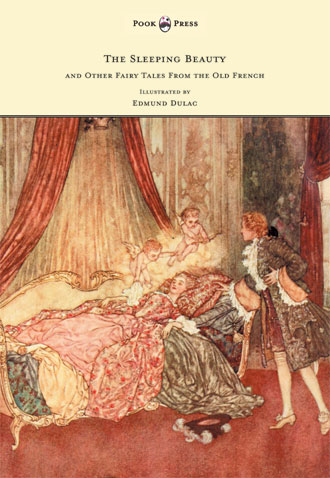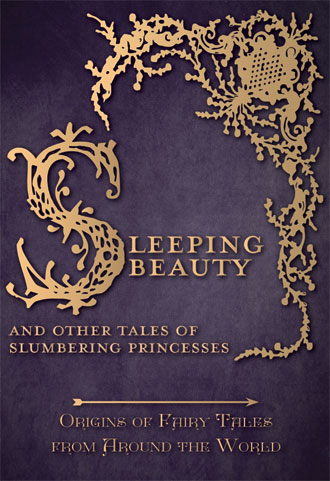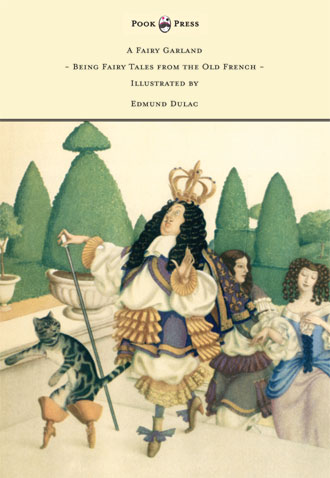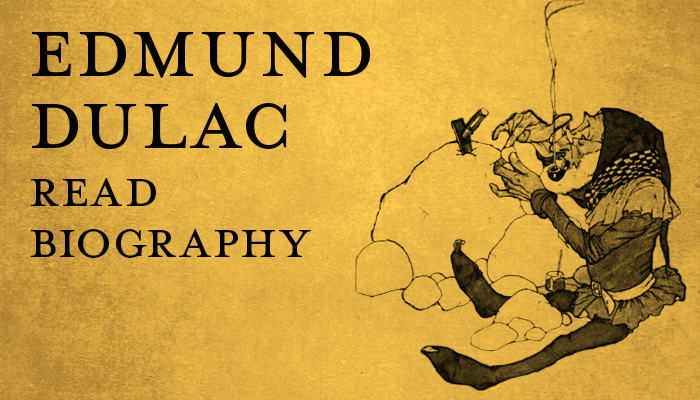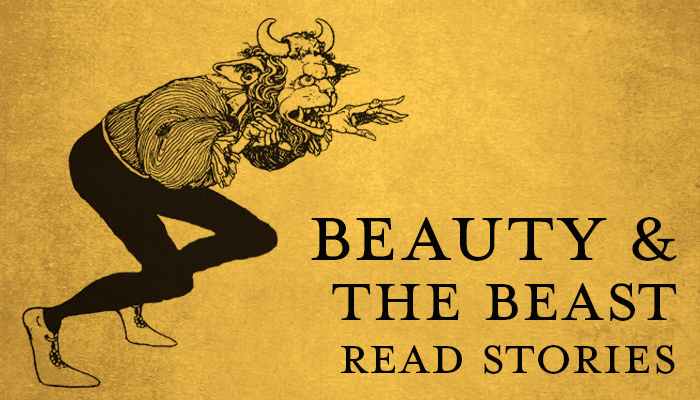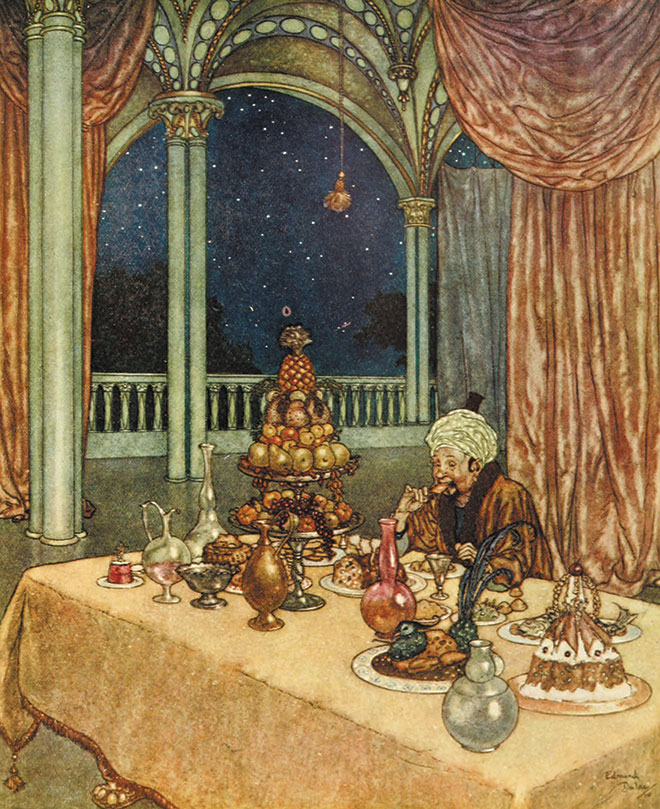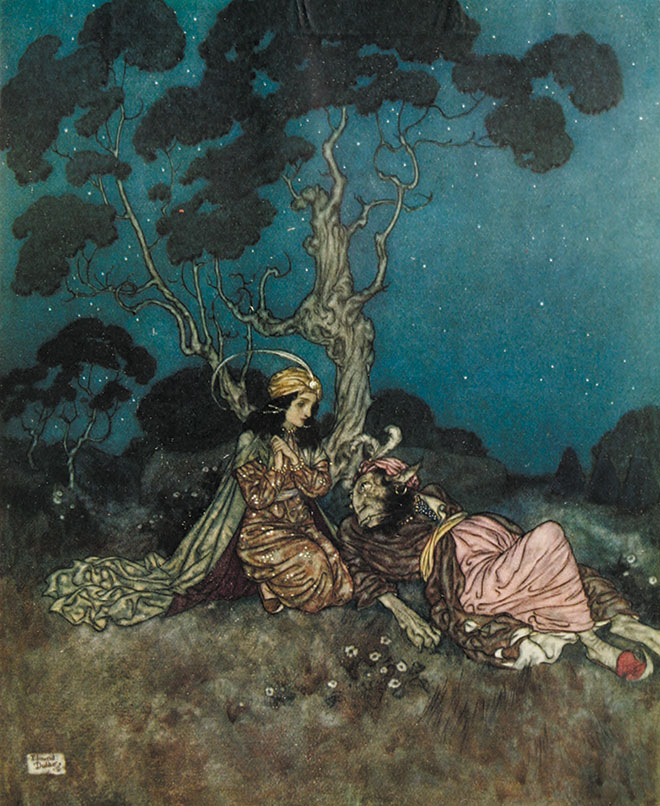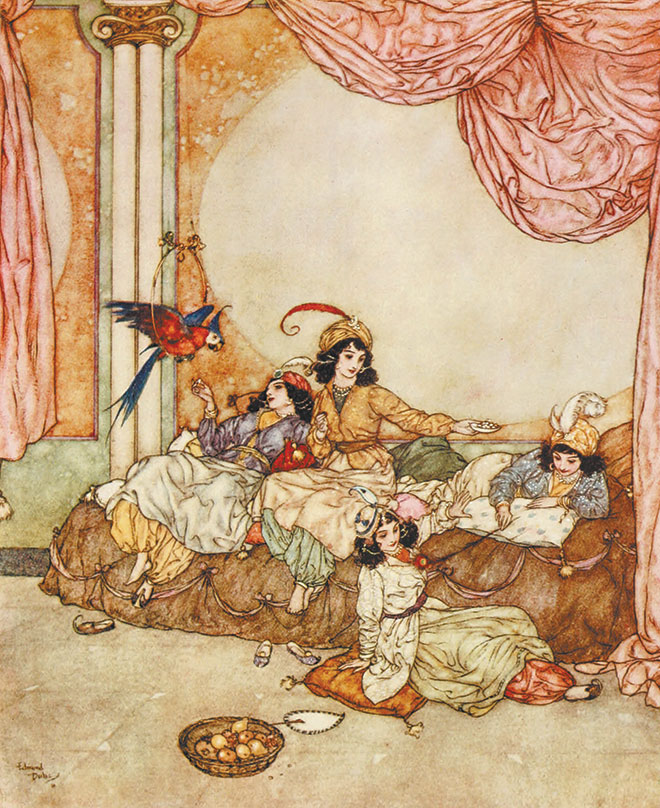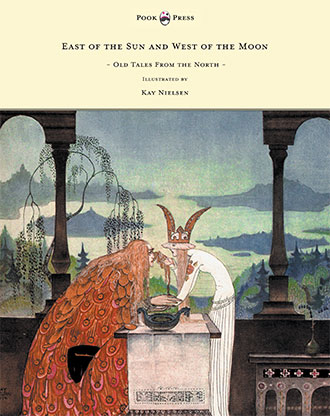Arthur Quiller Couch Biography
Sir Arthur Thomas Quiller Couch was born on 21st November 1863, in Bodmin, Cornwall, England. His parents represented the union of two ancient local families; the Quiller family and the Couch family – both holding a long intellectual lineage.
Arthur Quiller Couch grew up with literature and folklore from a young age. His younger sisters, Florence Mabel and Lilian M., were also writers and folklorists. His father, Dr. Thomas Quiller Couch, was a noted folklorist and historian, whilst his grandfather was also a noted classicist and naturalist. He was educated at Newton Abbot Preparatory College, and subsequently at Clifton College, Bristol.
He undertook his university education at Trinity College, Oxford, and on completing his degree in 1886, became a lecturer (in classics) at the college.
SELECTED BOOKS
Arthur Quiller Couch only remained at Oxford for a short time however and soon moved to London in order to gain valuable journalistic experience. Despite this short tenure, he still managed to publish a well received book, Dead Man’s Rock (1887); a romance in the vein of Robert Louis Stevenson’s Treasure Island. Arthur Quiller Couch published most of his books under the pen name of ‘Q’, and his first publication was followed up with Troy Town (1888), a comic novel set in a fictionalised version of Fowey (Cornwall).
From his Oxford days, Arthur Quiller Couch was known as a writer of excellent verse. With the exception of the parodies entitled Green Bays (1893), his poetical work is contained in Poems and Ballads (1896). In 1895 he published an anthology of sixteenth and seventeenth English lyricists, The Golden Pomp, followed in 1900 by the Oxford Book of English Verse, 1250–1900.
During his ‘journalistic phase’ in London, he contributed to the Speaker, before again moving – this time to Cornwall, in 1891. Arthur Quiller Couch settled in Fowey, Cornwall and became an active political member of the Liberal Party. As a result of this work he was knighted in 1910, and in 1928 was made a Bard of Gorseth Kernow, taking the Bardic name of Marghak Cough (‘Red Knight’). He was also appointed Commodore of the Royal Fowey Yacht Club in 1911.
It was in 1910 that Arthur Quiller Couch published one of his best known works though; The Sleeping Beauty and other Fairy Tales from the Old French. As a result of scholarship and research such as this, he was appointed to the King Edward VII Professorship of English Literature at the University of Cambridge in 1912, and retained it for the rest of his life. Simultaneously he was elected to a Fellowship of Jesus College, Cambridge. His inaugural lectures as the professor of English literature were turned into the book On the Art of Writing (1916), and it was largely due to Quiller Couch’s tireless enthusiasm and diplomacy that the Cambridge English faculty grew into the success it is today.
As well as this substantial literary and professional output, Arthur Quiller Couch was also a noted literary critic, publishing editions of some of Shakespeare’s plays (in the New Shakespeare, published by Cambridge University Press) and several critical works, including Studies in Literature (1918) and On the Art of Reading (1920). He edited a successor to his verse anthology: The Oxford Book of English Prose, which was published in 1923. He left his autobiography, Memories and Opinions, unfinished; it was nevertheless published in 1945.
Little is known about Arthur Quiller Couch’s personal life, although it is known that he had a son, Bevil Brian Quiller-Couch – who was a war hero and poet. His romantic letters to his fiancée, the poet May Wedderburn Cannan, were published in Tears of War. Quiller-Couch snr. also had a daughter, Foy Felicia, to whom Kenneth Grahame inscribed a first edition of his The Wind in the Willows attributing Arthur Quiller Couch as the inspiration for the character Ratty. Grahame’s own son died two years after the book’s publication.
Arthur Quiller Couch died in a road accident on 12th May 1911, at the age of eighty, after being hit by a jeep near his home in Cornwall. He is buried in Fowey’s parish church of St. Fimbarrus.

